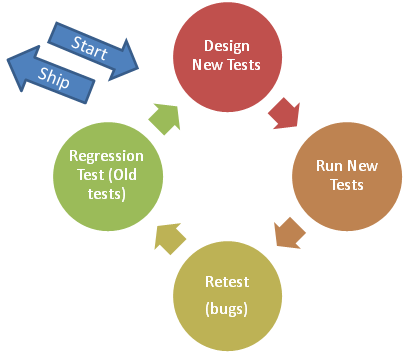Software developers, in connection with the accelerated development of the IT industry and hardware capabilities, are forced to ensure the smooth operation of their brainchildren under incredible loads.
Purely commercial: a client who encounters performance deficiencies in an application or program, in the face of a wide selection, is likely to abandon the provoked product. Solving the problem of sudden failure can be solved by testing software under conditions of maximum loads (load testing).
Its high-quality implementation should be the gold standard for those wishing to guarantee the stability of the program.
"Stress Testing". Two words that we will now try to explain for a more complete understanding of the process.
“Load Testing” - load testing in translation into English. A synonym is performance testing. The software imitates the activities of several, a certain number of users of the presented software product (Performance Testing).
In order to effectively conduct load testing, you need to be aware that this is a rather complicated process. It cannot be compared with recording and running executable scripts.
Load testing services, first of all, is to obtain serious analytical data. Without advanced programming knowledge, testing cannot be fully organized automatically. Secondly, given the multi-use of the product, knowledge of networks (protocols, variety of servers, databases) is required.
Third, for various purposes regarding the operation of the product under load, the corresponding types of stress testing are used.
Load testing - in a professional software testing environment, it is used to make a decision on the possibility of its final commissioning. The essence of LOAD testing is to evaluate the performance and speed of a web resource (or its application) under the conditions of a certain artificial load on the system.
To know more about software testing services
The main load indicators for the tested Internet resources may be the expected number of its visitors for a specific time interval, a given number of operations simultaneously performed on the website platform.
The most anticipated result of stress testing is the fact that the obtained results correspond to the system requirements for the web resource operation, which were developed at the stage of forming the web resource functional before the development of software architecture.
But given the fact that the specified requirements can often be undefined or insufficiently specified, an exploratory load testing option is used, which provides for the use of probabilistic options for the expected load on the system.
The use of load testing is optimal for determining the performance of the web resource software at the stage of its early development, as it helps to identify the viability of the system as a whole.






